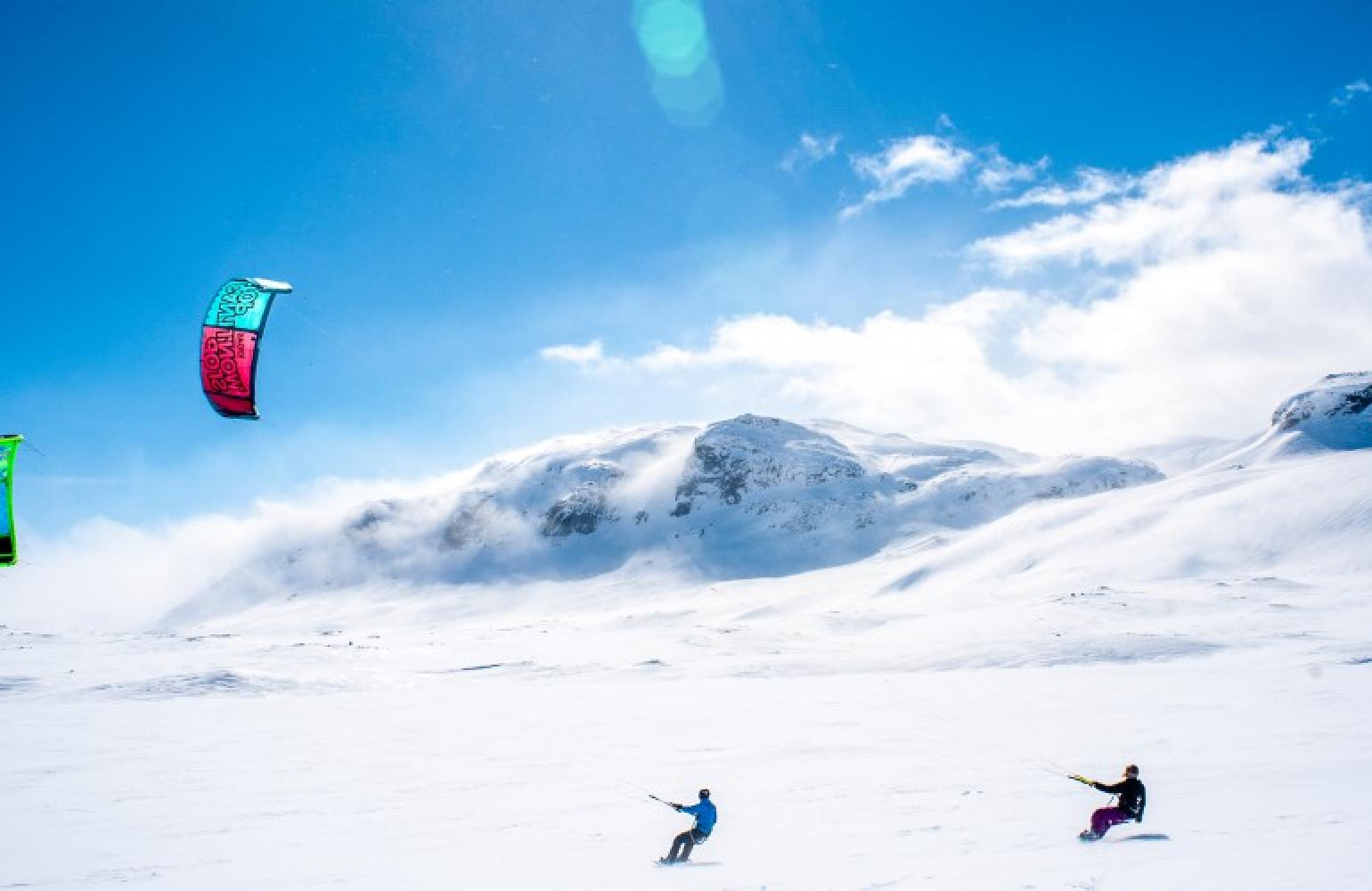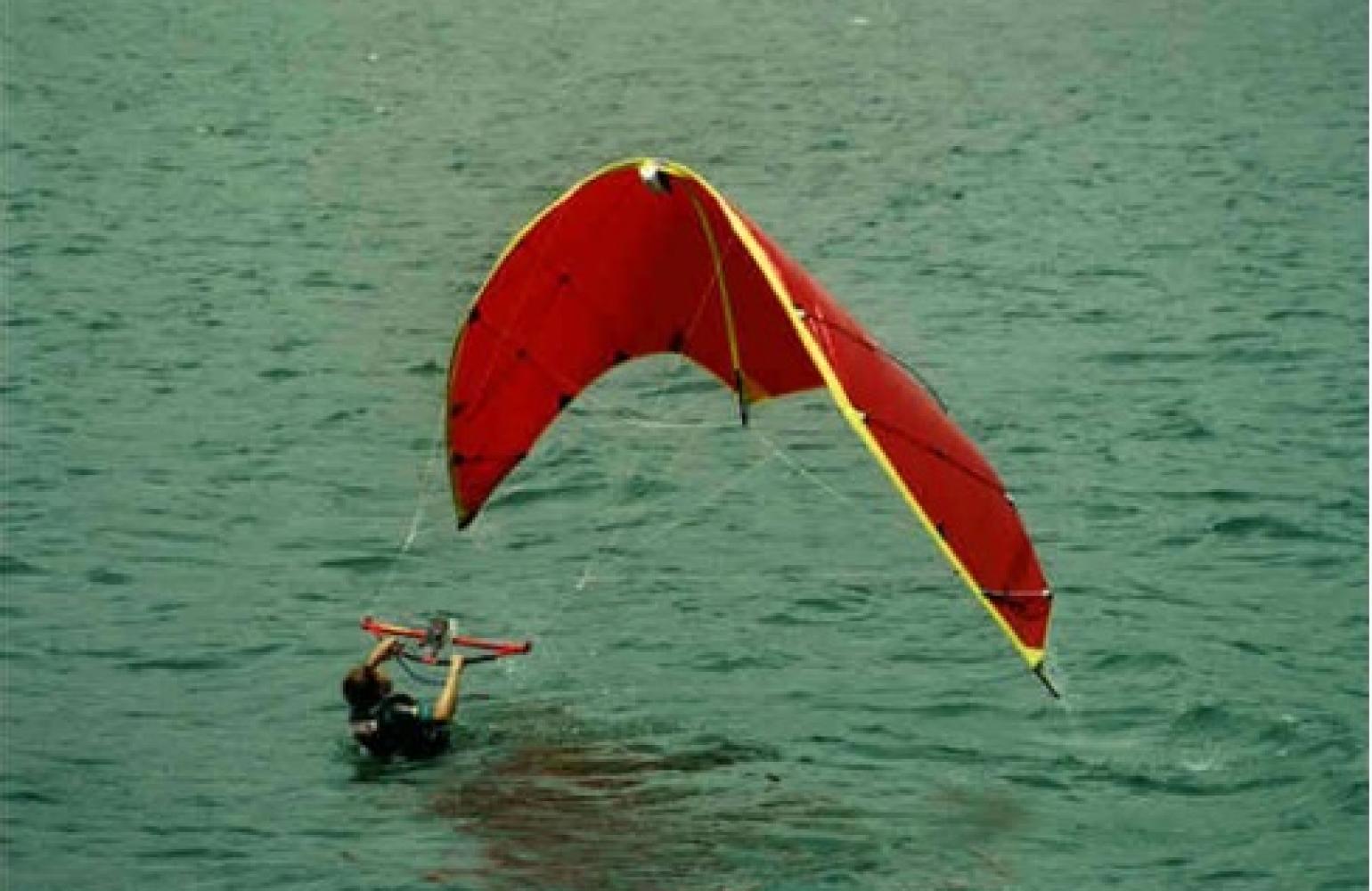Snowkiting, The Ultimate Winter Boardsport
-

- 4416 view(s)
- 0 comment(s)

Ever wish you could snowboard wherever you wanted, including across snow covered fields and frozen lakes buries in powder? How about up hills as well as down? With the power of a kiteboarding kite and 10 miles an hour of wind or more, you can. Snowkiting is the ultimate new sport for powder-hounds, freestylers, and snowbound wakeboarders. Combining all the elements of snowboarding with many of those from wakeboarding plus the freedom of backcountry snowmobile access, snowkiting takes winter to the next level.


Rescuing others
You can use your kite to rescue others, but it is very important to not become part of the problem yourself. You can render assistance to and rescue other water users if required, including swimmers, boaters, sailors, windsurfers and other kitesurfers. Someone with one or both hands raised above their head and waving requires assistance - this is a distress signal.
CAUTION: Only kitesurfers with advanced skills should attempt to rescue others. If a less experienced kitesurfer attempts a rescue and gets their own kite lines tangled, then two people require rescuing.